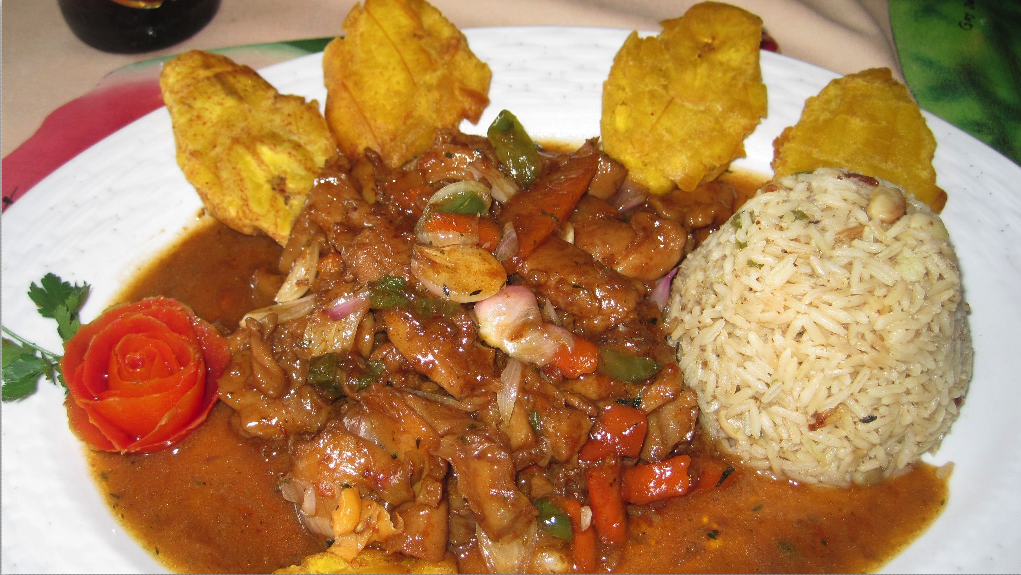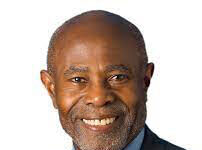
News Americas, LONDON, England, Fri. Jan. 15, 2016: Will 2016 be the year when Caribbean tourism takes its place as the industry best suited to turn around region’s economic fortunes?
All the indications are that this year will be an outstanding one for the industry, seeing it building on the strong growth it recorded in 2014.
Although the 2015 year-end figures are unlikely to be available for a couple of months yet, the preliminary data from Caribbean destinations that publish statistics monthly like Barbados and Jamaica indicate a very strong winter season. Anecdotally as well, forward bookings are good and the indications are that this year will see significant year-round growth in the number of long stay and cruise visitors, as well as significantly higher year round levels of occupancy and improved yield for hoteliers.
What is clear is that increased airlift, new feeder markets, lower fares where carriers have passed on the recent dramatic falls in fuel prices, the continuing economic recovery in North America and Europe, and the return of consumer confidence, are resulting in greater number of visitors who are spending more.
Recent forecasts by industry analysts suggest that the growth in overall arrivals in 2016 will average 2.9 percent or more.
But what will be particularly interesting to see is how this breaks down across the region. Cuba, the Dominican Republic, Jamaica, Barbados, Aruba, have all since November 2015 been reporting high levels of hotel occupancy and footfall at their airports and seaports, while some nations like Grenada have noted significant increases in cruise arrivals – Grenada recently noted cruise ships operating at 95 percent occupancy.
There are also signs of significant investor confidence in the future of tourism to the region with, in the last months, agreements being reached in the Dominican Republic, Antigua, Dominica, Barbados, Cayman, Cuba and elsewhere for the construction of major new up-scale resort properties. This suggests that in the coming years branded hotel chains, the number of quality properties and an increase in the overall number of new rooms will enable the region to continue to market itself as a top end aspirational destination.
That said, 2016 is unlikely to be problem free. Expect Sargassum seaweed to again build up on some of the region’s best beaches as the year goes on; arguments to continue over the completion of the unfinished US$2.5 billion Chinese financed mega resort Baha Mar in the Bahamas with its probable full reopening delayed until the start of the 2016-17 winter season; serious questions being asked about some of the intermediaries now selling Caribbean citizenship in return for hotel and related investments in some Eastern Caribbean nations; and tourism security to become a major global issue.
It will also be the year in which disruptive technologies from big data, taxi hailing apps, electric cars, and new forms of social media begin to raise questions in consumer’s minds about the way the industry operates in the region.
But perhaps the single most challenging development, particularly for the countries of the Western Caribbean, will be the introduction of scheduled air services enabling individual travel to Cuba from the US.
Just before Christmas Havana and Washington agreed to allow up to 110 scheduled flights per day, including 20 to Havana and 10 to each of Cuba’s nine other international airports. These are likely to be operated out of New York, Miami, Tampa, Atlanta, and some West Coast points by major carriers including American Airlines, Jet Blue, United-Continental, and Delta, who have already been in informal discussions with the Cuban authorities, and in some cases been flying charters into Havana to gain operating experience there.
The agreement is expected to result in fierce competition particularly in respect of the Miami-Havana route and a sharp fall in the price of airfares to Havana. Although the US visitors will not be ‘tourists’, few people have any doubts that most will also be involved in tourism-like activities, especially as they venture further from Havana.
The country most likely to suffer from this in the short term is the Bahamas and while it, like other western Caribbean destinations, is considering promoting two centre holidays with Cuba, the greater likelihood in 2016 is that many US citizens who take just one annual break outside the country, may only choose Cuba.
That said, the year ahead for the whole Caribbean tourism industry looks to be one of the most promising for many years and with it the key contribution the industry is now making to regional economic growth.










